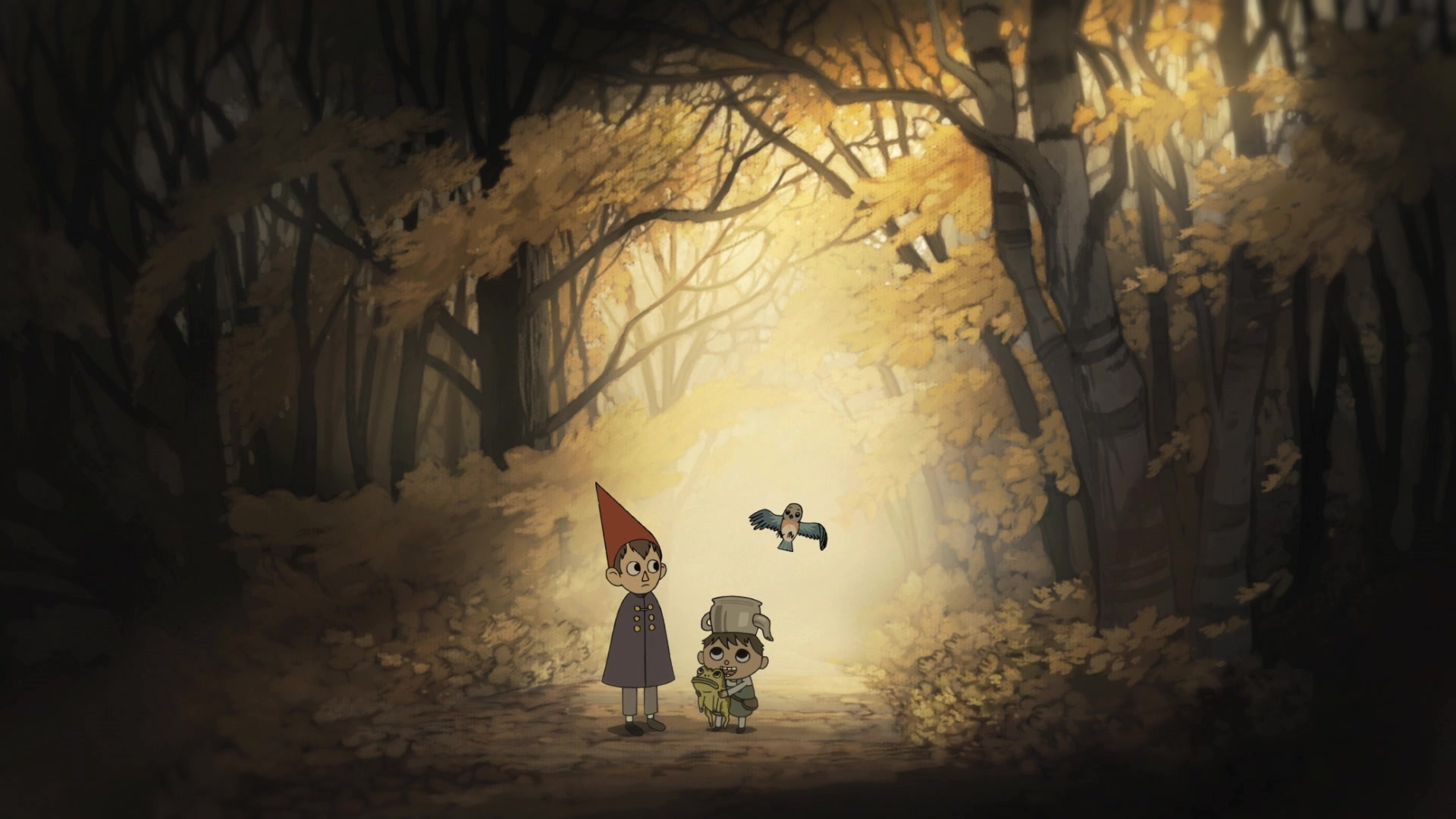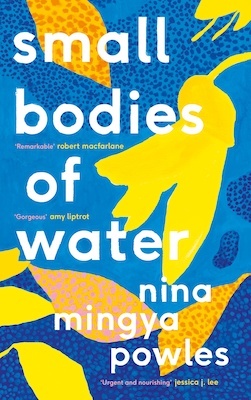If you enjoy reading Electric Literature, join our mailing list! We’ll send you the best of EL each week, and you’ll be the first to know about upcoming submissions periods and virtual events.
Remember last year, when everyone suddenly got really into baking sourdough bread and sewing their own clothes and making so much jam that there was a national jar shortage? Those were the days of cottagecore, a romantic aesthetic that valued pastorals and strawberries and wicker picnic basics. The popularity of the cutesy cottagecore has since given rise to a similar but opposite aesthetic: goblincore.
Goblincore is like cottagecore’s grimey, grungy little sibling who won’t stop flipping over rocks in the backyard to find cool bugs. Some of the tenets of goblincore include: embracing the parts of nature that aren’t traditionally beautiful, like moss, fungi, and toads, reframing clutter as curated collections, living a more sustainable life, and being anti-capitalist. Basically, goblincore is a big middle finger to a lot of modern society’s ideas about what makes a good life. If any of this sounds good to you, then you might just be a goblin—and, as a goblin, you’re sure to love these goblincore books.
A Psalm for the Wild Built by Becky Chambers
This slim fiction volume is what I like to refer to as “sci-fi goblincore.” The book is set in a world very similar to earth, which used to be highly industrialized and relied on robots for manufacturing—until one day, the robots suddenly gain consciousness and leave human society to live in the wilds. Hundreds of years later, a monk named Sibling Dex is struggling with a quarter-life crisis and decides to explore the wilds, where they almost immediately meet a robot who wants to learn about humans. Wild Built is anti-capitalist, anti-gender, and beyond charming. Read it if you want your goblin heart to be warmed.
Gathering Moss by Robin Wall Kimmerer
Braiding Sweetgrass author Robin Wall Kimmerer has also written this goblin-friendly book that tells a personal and scientific history of mosses through a series of linked essays. Moss may not always be traditionally beautiful in the way flowers are, but in this book Kimmerer explores the ways that mosses can teach us how to live better lives, and how mosses, like us, are at their best when they’re tangled in the lives of others.
Witchlight by Jessi Zabarsky
This intimate, aesthetic graphic novel probably isn’t like any fantasy you’ve read before, because it’s focused more on the relationships between the characters and quiet moments of growth than it is about conquering heroes and epic battles. When Sanja, a peasant girl with a talent for sword fighting, is kidnapped by Lelek the witch, she’s frightened at first. But as time goes on and the two search for the missing half of Lelek’s soul, they begin to fall in love. An emotional, queer fantasy story about witches, swordswomen, and love—what could be more goblincore than that?
Strange Beasts of China by Yan Ge, translated by Jeremy Tiang
In this novel-cum-beastiary, the fictional Chinese city of Yong’an is a place where humans coexist with spirits and monsters. The narrator is a cryptozoologist who takes up the dangerous task of indexing all the different types of beasts that live in the city, some of whom live happily beside humans, while others are more hostile. As the narrator learns more about the creatures that inhabit her world, she also learns about herself—and what’s more goblincore than finding yourself in the strange and unexpected?
Wintering: The Power of Rest and Retreat in Difficult Times by Katherine May
We live in a society that highly values the capitalist ideals of productivity positivity above personal care and mental health. That’s why Wintering is such a relief, and why it’s a wonderful goblincore book. In her book, May encourages readers to embrace the periods of sadness and quiet that often punctuate our lives. Rather than arguing for positivity and telling readers to work through the pain, May takes the radical stance that sometimes we just need to rest and lean into our fallow times in order to learn about ourselves, which is a message goblins can get behind.
Small Bodies of Water by Nina Mingya Powles
This lyrical essay collection written by poet Nina Mingya Powles explores grief, growth, and the ways water binds us together. Small Bodies of Water is about Powles’ childhood spent between New Zealand, New York, and Shanghai, and the search for nature in a time of climate loss and increasing urbanization. What does it mean to connect to nature while living in a big city? How much nature do you need to be around in order to be “in” nature? From ponds and pools to food and family, water offers us so much, and it’s always at our fingertips. This book embraces the goblincore idea that nature is everywhere, even if we don’t always recognize it.
Mooncakes by Suzanne Walker and Wendy Xu
A young witch, Nova Huang, works in her lesbian grandmothers’ magical bookshop and spends her days learning about magic and hanging out with friends (so, basically the dream). That is, until she finds out that her childhood crush, Tam Lang, a nonbinary werewolf, is back in town. The two must work together to understand Tam’s werewolf magic and get them out of the trouble that’s been chasing them—while also falling in love, of course. With a fun, diverse cast of characters, this graphic novel celebrates differences and uplifts the stories that don’t always get told. That’s goblincore as hell.
Entangled Life by Merlin Sheldrake
Every goblincore reading list worth its salt must have a mushroom book, and Entangled Life is a great mushroom book. This book really explores the question “What the hell is going on with fungi?”, a question we should be asking ourselves every day, since fungi can both digest rocks and survive in space. Mushrooms don’t typically get a lot of love unless they’re Disney-fied amanitas, but Sheldrake explains that nearly all life on earth relies on fungi in one way or another. Basically, without fungus, there would be no us. Embrace your goblin nature and dig into some fungus literature.
Howl’s Moving Castle by Diana Wynne Jones
This book needs to be included because Howl is truly the goblincore prototype: A weird guy who collects all kinds of strange objects, does questionable magic, loves spiders, and hates cleaning. It’s a lovely book about friendship and the importance of human connection, but mostly it’s a book about how goblins are really good at finding each other and bad at tidying up (Sophie being the exception that proves the rule). If you’re a fan of the romantic Studio Ghibli movie adaptation, be sure to read this novel, where Howl is not a dope bird-creature in his spare time, but rather a Welsh rugby thug.

